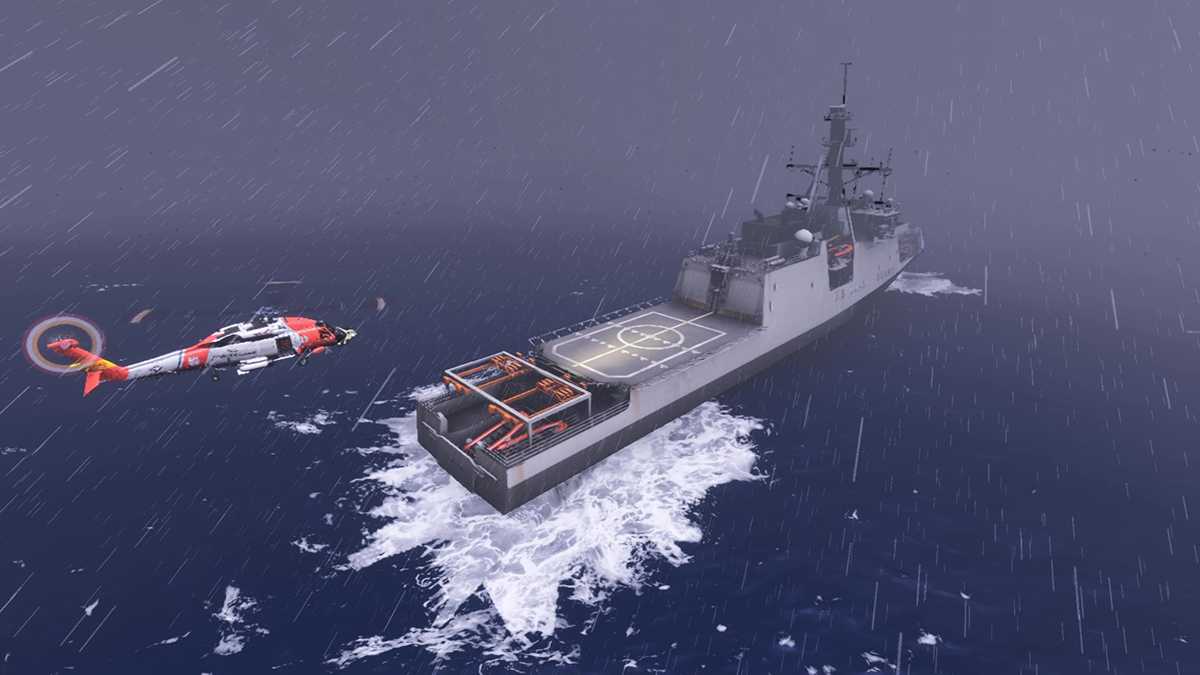|
|
Image: Screenshot of the Month winner Sean D. |
Logan Informer |
|
Boston Virtual ARTCC's Community Newsletter · October 1, 2025 |
|
Save the Date: 60 Hours of ATC Starts on Friday, December 5 By: Cameron Peterson
One of our favorite events of the year is coming up! Beginning at 11am ET on Friday, December 5, pilots can expect 60 uninterrupted hours of Boston Center air traffic control!
Sign on to the network any time, day or night, and you'll see at least Boston Center—whenever you want to fly.
We're also hosting VATUSA's Friday Night Operations to kick off 60 Hours.
More information about 60 Hours of ATC and our FNO will be available in the coming weeks. |
|
|
|
Thursday, October 2 7-10pm ET |
|
Wednesday, October 8 7-10pm ET |
|
Sunday, 1-5pm ET |
|
Virtual USA Flying Club KBVY |
|
Regional Circuit KBGR & KSYR |
|
BVASO Operation Leaf Peeper |
|
|
BVA's Airspace Briefing Guide |
|
By: Evan Reiter
We recently updated BVA's Airspace Briefing Guide, a quick read document that provides pilots with recommended practices to make their simulated flights as realistic as possible.
Alongside detailed Boston Logan Airport (KBOS) procedures, pilots will find links to scenery for airports across our airspace, best practices for flying on the VATSIM network, and more.
If you haven't seen it lately, we encourage you to give our Airspace Briefing Guide a read during your next flight. You can also point anyone to the document using the link bvartcc.com/abg. |
|
|
Cross the Pond 2025 |
|
By: Evan Reiter
Boston Virtual ARTCC has been a proud participant of Cross the Pond for the past several years. However, on September 29, the Cross the Pond planning team announced they would be taking a "temporary break" and would not be hosting the fall edition of Cross the Pond.
The announcement explains that the planning team will be taking the "opportunity to revise some aspects of how we create and manage the event, to lead to a better experience for all those involved". More information about the future of Cross the Pond is expected "in the 1st quarter of 2026". |
|
|
|
Pilot Tip of the Month |
|
Reaching the End of your Route |
|
At most large airports in the United States, your IFR flight planned route will include a Standard Terminal Arrival Route, or STAR. If filed in your flight plan, the initial IFR clearance you receive also "clears" you to navigate on the filed STAR at your last assigned altitude.
The STAR will provide instructions on what to do upon reaching the last waypoint if you haven't heard otherwise from ATC. Normally, STARs will instruct you to fly a heading or continue on track until advised by ATC.
However, many smaller airports may not have published STARs, or the STARs available may not be applicable to your aircraft type. What then?
When you reach the last waypoint in your route, if no STAR is filed, simply navigate directly to your destination airport or request vectors from ATC if you are unable to do so. From there, you can expect ATC to issue radar vectors to the active approach.
For example, if you are flying from KBDL to KACK, the preferred IFR route is PVD PVD167 NEWBE DEEPO. At DEEPO, if you haven't been given further instruction, you would proceed direct to KACK (your destination), and expect ATC to issue further instructions as you approach.
(If you've made it a few minutes from the airport without instruction, or if you feel that you're getting too high for a reasonable descent profile, query ATC for instructions).
As always, if you have any questions about your clearance or routing, inquire with air traffic control. |
Thanks for being part of our integrated pilot and air traffic control community for VATSIM. |
|
You are receiving this email as a member of Boston Virtual ARTCC. Members receive emails from us monthly, including announcements and this newsletter. If you're signed up for Event Reminders, you'll receive more frequent emails.
We rely on donations from our members to support the community. Please consider making a tax-deductible donation.
To manage your subscriptions, use Settings. To stop receiving all correspondence from us, Delete Your BVA Account Online. |

